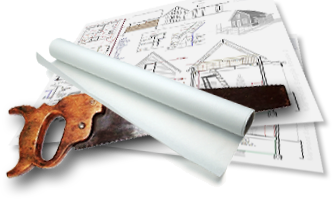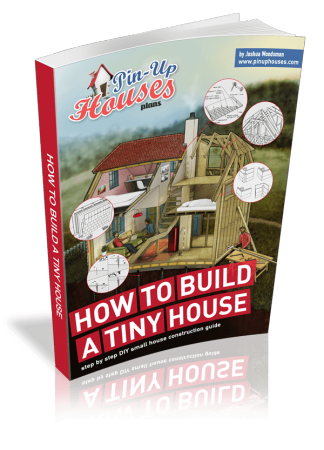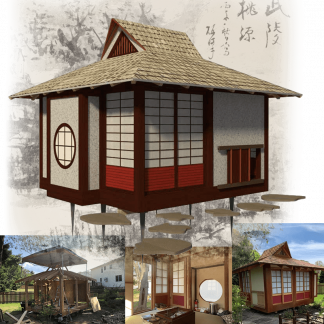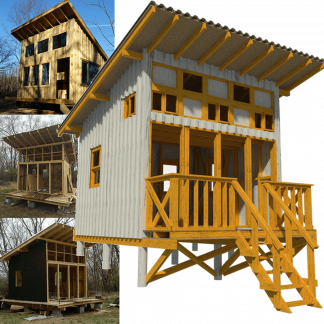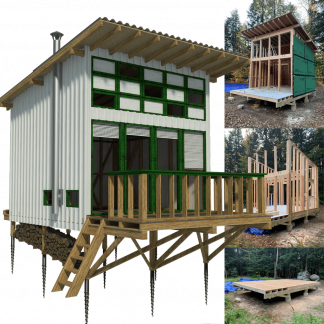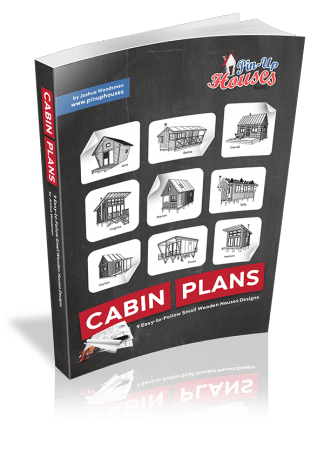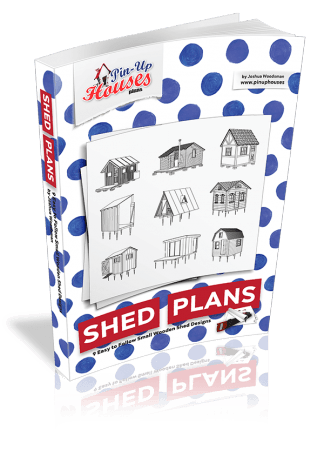Why Tiny Homes Need a Thoughtful Entry Solution
Designing a tiny house comes with its own challenges, and selecting the right entry is one of the most important. In small spaces, every component must serve multiple roles. The entry affects more than access — it impacts light, airflow, energy use, and the connection between indoors and outdoors.
While standard doors are a common choice, small homes benefit from more flexible solutions. A well-chosen garage door can offer unexpected advantages in both function and design.
Installed with care, garage doors enhance both mobile and stationary tiny homes. They create openness, save space, and help blur the boundary between inside and outside.
The Functional Benefits of Garage Doors in Small Structures
In compact builds, multi-functional features are essential. While many DIY homebuilders start their search by browsing the term “entry doors for sale near me”, garage doors often emerge as a more versatile option.
They create a wide opening that expands the interior visually and physically. In warmer months, a garage door can connect a small room to outdoor living areas. Closed, it still allows light in — especially when built with translucent or glass panels.
Ventilation is another benefit. With limited windows, a full-height opening boosts airflow and helps regulate temperature, which is crucial in small, energy-efficient homes.
Garage doors also serve as adaptable dividers. Instead of rigid walls, they offer movable boundaries that work well in multi-use layouts, like combining living and dining areas or converting spaces for sleep.
Choosing the Right Garage Door for a Tiny Home
Not every garage door suits a small structure. It’s important to balance space, weight, and aesthetics with the needs of your design.
Size and Proportion
Garage doors must match the home’s scale. Full-size doors may suit fixed tiny homes, but smaller models often work better in mobile builds or compact cabins. Always check that there’s enough space for tracks, framing, and movement clearance.
Material Options
Material choices affect both appearance and performance. Lightweight aluminum and glass designs offer a modern look and allow for ample natural light. Wood brings character and warmth but tends to be heavier and requires ongoing maintenance. Steel is strong and secure, though it may need additional structural support unless you opt for a lighter model.
If you’re weighing the pros and cons of different materials, this comprehensive guide to garage doors breaks down key considerations like insulation, durability, and maintenance.
Manual vs. Automatic
Manual garage doors are simple and reliable, especially for off-grid builds. They avoid extra wiring and are easier to install. That said, compact automatic systems exist and work well with solar setups. Choose the mechanism based on your energy setup and usage preferences.
Insulation, Security, and Weatherproofing
A garage door can improve flexibility and access, but it also introduces new performance considerations. Its size makes it a major factor in your home’s comfort and protection.
Insulation for Climate Control
If you plan to live in your tiny house through multiple seasons, insulation is essential. Doors with insulated cores help regulate temperature, cut down on energy use, and maintain comfort. Look for tight seals and proper edge protection to prevent drafts.
Single-layer doors may lower upfront cost, but they let in heat and cold — making them less suitable for full-time living.
Weatherproofing for Off-Grid Builds
Weather sealing is key for long-term durability, especially in remote locations. Install threshold seals, edge trims, and proper flashing to keep out water, dust, and wind. Durable components reduce maintenance and help the door perform well over time.
Building for Security
A garage door should also protect the home. Reinforced panels, solid locks, and internal slide bolts can deter intrusions. If the home is unoccupied for stretches, mechanical locks offer added peace of mind without depending on power.
For guidance on framing openings and installing weather-tight systems, Pin-Up Houses shares practical details on how to build a tiny house, including structural planning for large openings like these.
Installation Tips and Things to Know Before You Build
Installing a garage door in a tiny home is a structural decision as much as a design one. Done right, it adds usability and style. Done poorly, it can compromise the build.
Framing and Structural Support
Garage door openings require a reinforced header and stable framing. They create a larger span than standard entries, which means more weight and shifting forces to account for. Always check local building codes and ensure you’re using proper bracing materials.
Weight and Mechanism Considerations
Heavier doors may need extra support hardware and stronger mounting surfaces. Lightweight materials reduce strain but still need a sturdy track system. Choose a door type — roll-up, tilt-up, or sliding — that works with your ceiling height and wall layout.
DIY vs. Professional Installation
Confident builders can install lighter garage doors themselves, especially with pre-assembled kits. But professional help is a smart choice for custom builds, heavy doors, or tight fits. Precision matters — alignment, sealing, and balance affect not only how the door works but how long it lasts.
Plan the installation early in your design process. Making changes later can be complicated, especially when working within tight space constraints.

